
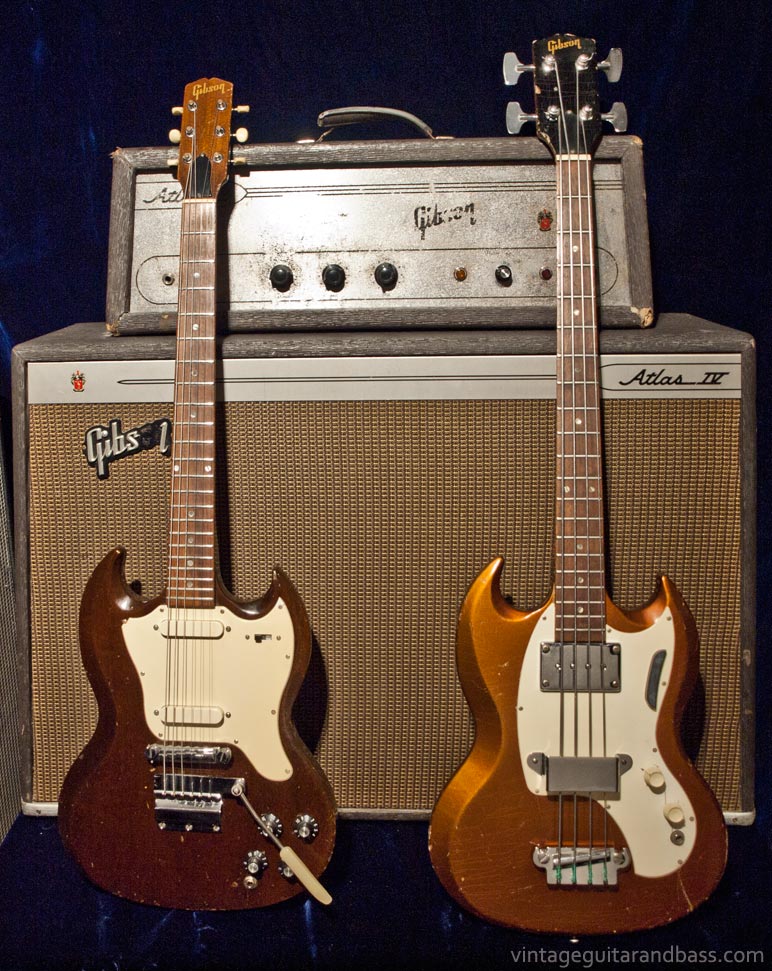
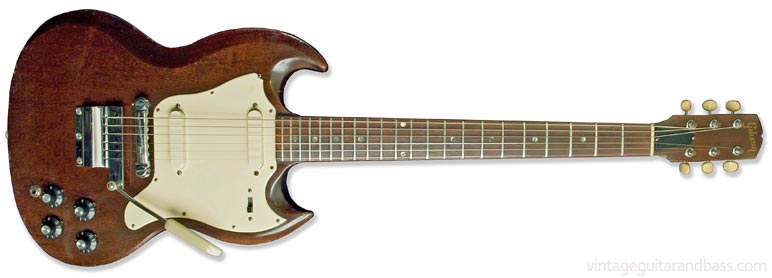
At the very end of the 1960s, the Gibson Melody Maker was SG shaped, and sporting a walnut finish. It had undergone numerous changes since it's introduction three years earlier: a single-cutaway Les Paul style, the most familiar double cutaway style, and finally the SG shapes - first in Pelham blue or Sparkling Burgundy, and finally in Walnut with a cream scratchplate.
Walnut was a finish new to Gibson - first appearing on solid bodies in the 1968 price lists, and remaining popular throughout the 1970s. It was allowed to extend to the front of the headstock on some instruments; a subtle change but another capable of reducing production time and costs.
These were well-built guitars with a high-quality nitrocellulose finish and the same tropical hardwoods as much more expensive models. The somewhat simplified electronics and hardware allowed Gibson to offer a very well built guitar at a very competitive price.
All 1960s Melody Makers were made in the Gibson Kalamazoo plant alongside the SG, Les Paul and ES335 guitars - despite the body shape change from the traditional double-cutaway body style (see a 1964 Gibson Melody Maker) they were mostly the same. The body was still all-mahogany (South American), with a set (glued in) mahogany neck (although a shade thinner at the nut) and rosewood fingerboard. The circuitry and PU380 Melody Maker pickups were identical, despite being mounted to a different shaped scratchplate.
The 1969 Melody Maker D had a zone 1 price of $212.50; cheaper than a two-pickup SG Special at $265, but more expensive than the single pickup SG Junior which was $199.50. The single pickup Melody Maker was $179.50, the three-pickup Melody Maker III, $225.
The Gibson Melody Maker was shipped from 1959, with numbers rising to a peak in 1965. This situation didn't last, however, as sales immediately started to drop. The period 1968-1970 was the least successful, with a little over 1000 instruments shipped in each of those years - compared to almost 12000 in 1965. This makes the walnut SG-styled Melody Makers rare in comparison to other configurations. (see the full Gibson Melody Maker shipping figures).
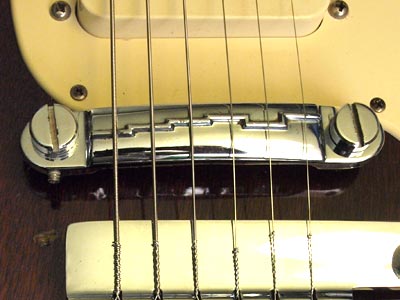
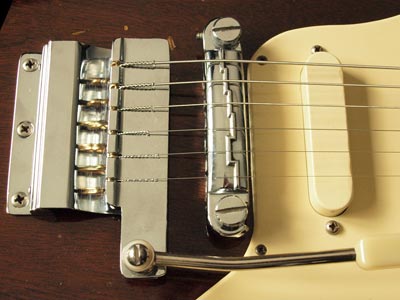
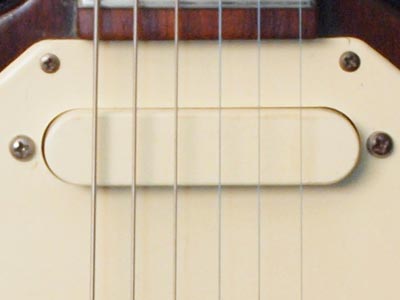
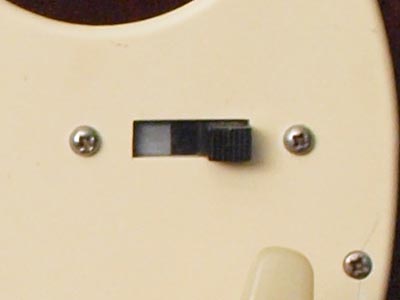
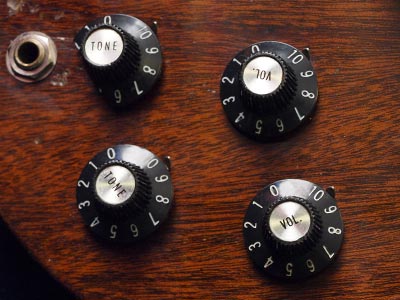
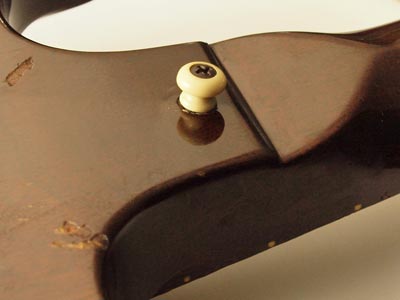
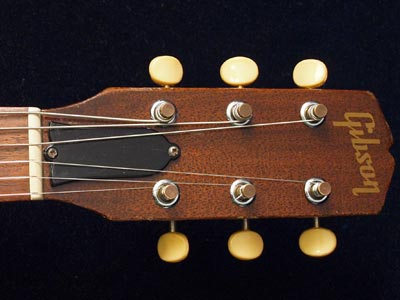
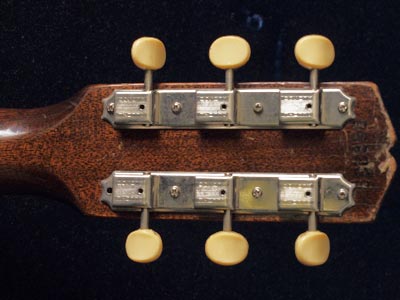
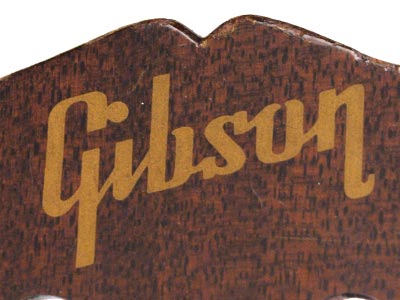
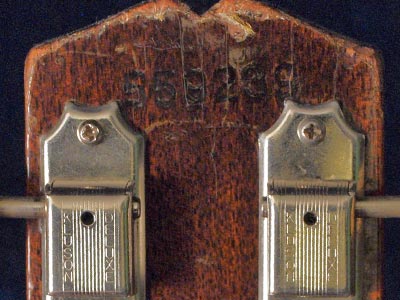
Melody Maker controls, as described above, are body, rather than scratchplate mounted. The circuitry for this twin pickup model is two volume and two tone controls (all part TX1158) and a three way switch, allowing bridge, neck, or both pickups. In the guitar shown the pots are made by CTS (they start with the code 137) and are dated to December 1968 / January 1969.
This guitar plays beautifully and just rocks through this early seventies WEM Clubman MK8. This has a lot of crunch with the volume up high, and extreme bite when the treble is turned up too. It's loud, but not too loud. This is an AWESOME combination -you just can't stop playing! Recorded with an Electrovoice RE-20 (left channel) and Shure SM57 (right), through a Focusrite Scarlett 2i2 interface - all highly recommended gear!
Subscribe to the vintageguitarandbass youtube channel for more vintage guitar and bass demos. Also, check out the longer version of this video (with significantly more guitar / amp settings), and similar videos using different amps, in the supporting members area
Find out more about these instruments here: 1969 Gibson Melody Maker D, 197X WEM Clubman MK 8
This is a lovely late 1960s dual pickup Gibson Melody Maker D guitar. Pots date to December 1968 / January 1969. It plays beautifully and just rocks through a WEM. This Clubman (mk8) probably dates to the very early 1970s. 5w, all-valve, with superb clean tones, but super gainy when pushed. This has a lot of crunch with the volume up high, and extreme bite when the treble is turned up too. It's loud, but not too loud. This is an AWESOME combination -you just can't stop playing!
Recorded here with an Electrovoice RE-20 (left channel) and a Shure SM57 (right channel), through a Focusrite Scarlett 2i2 interface - highly recommended gear!
Find out more about these instruments here: 1969 Gibson Melody Maker D, 197X WEM Clubman MK 8
The WEM Clubman is one of my favourite amps. It's small; probably too small to play out; but capable of some really gritty sounds. Fantastic recording amp. Clean sounds first, getting gainier as we go through. Check it out!
Recorded here with an Electrovoice RE-20 (left channel) and a Shure SM57 (right channel), through a Focusrite Scarlett 2i2 interface - highly recommended gear!
Find out more about these instruments here: 1969 Gibson Melody Maker D, 1973 WEM Dominator Bass Mk 1
This is a wonderful late 1960s dual pickup Gibson Melody Maker D (pots date to December 1968 / January 1969). It's one of those guitars that you just can't put down! And it sounds great through this 15w WEM. The Dominator bass is technically a bass amp, but is basically the same as the guitar version, save for a bigger 15" speaker cone. Played first at a lower volume, and then ramped up for some lovely distorted valve tones.
Recorded here with an Electrovoice RE-20 (left channel) and a Shure SM57 (right channel), through a Focusrite Scarlett 2i2 interface - highly recommended gear!
Find out more about this instrument here: 1969 Gibson Melody Maker D
This is a wonderful playing guitar and a fantastic amp... really great combination! The 2061 has two channels, lead (left hand side) and bass (right hand side) - and both sound pretty cool, but the magic of this amp, at least for gainier sounds is when you patch the two together. This video demos the lead channel alone, then with it patched into the bass channel - in a range of volume and tone settings. I really like this guitar / amp combination with the tone rolled off a little - you can get some superbly rich tones - check it out around the 9 minute mark - tones to die for! As always the video starts with the cleaner tones, working through each guitar pickup configuration before tweaking the amp a little hotter as we go. The heavy overdriven sounds people most associate with Marshall start around the 11 minute mark.
Recorded here with an Electrovoice RE-20 (left channel) and a Shure SM57 (right channel), through a Focusrite Scarlett 2i2 interface - highly recommended gear!
Find out more about these instruments here: 1969 Gibson Melody Maker D, 1964 Gibson Atlas IV
This is just a short video, demonstrating just one amp setting - full! The Gibson Atlas IV is technically a bass amp, but actually works great for guitar - especially when you turn it up. It's a 50w amp, with a single CTS brand 15" speaker in a somewhat oversized cab. And it sounds creamy delicious! Some beautifully rich tones to be had from this amp. The Melody Maker, with it's single coil pickups can sound a little thin through certain amps.. but not here. Great guitar, great amp!
Recorded through a Focusrite Scarlett 2i2 interface - highly recommended!
Extra content on this guitar is included in our Supporting Members area here.
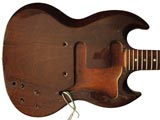
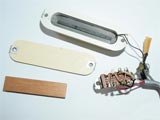
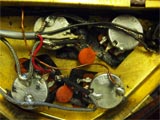
$5000
$3750
$1899
$3700
€1798
€1777
£1150
€1379